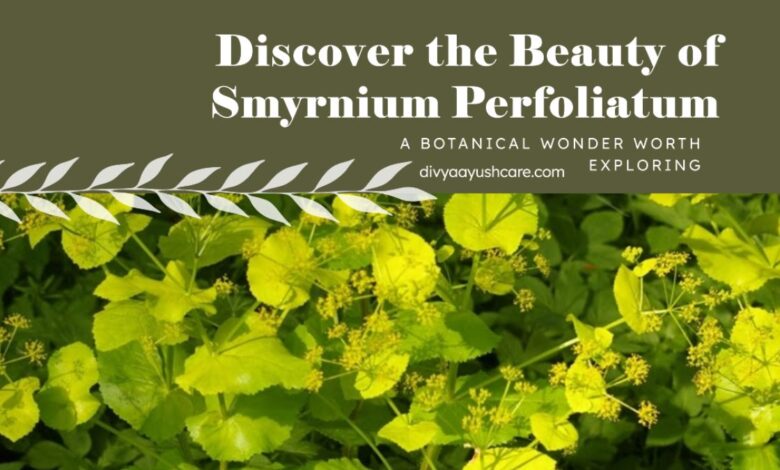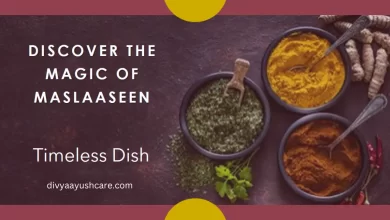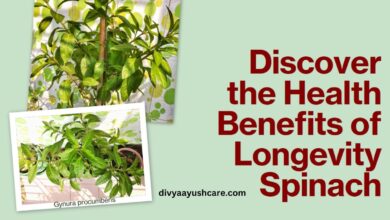The Unique Smyrnium perfoliatum: A Relative of Alexanders

Known by several common names including perfoliate alexanders, thoroughleaf, and horse parsley, Smyrnium perfoliatum is a fascinating herbaceous plant. Botanically speaking, it belongs to the Apiaceae family, making it a close relative to popular vegetables and herbs like carrots, parsley and celery.
The most distinctive feature of S. perfoliatum is in its leaves, which appear to be pierced through by the stem, leading to its scientific name perfoliatum which means “through the leaf”. This rare morphological trait gives S. perfoliatum a unique and instantly recognizable look.
S. perfoliatum is native across a wide swathe of Europe and Western Asia, found growing wild from the British Isles eastwards to the Caucasus. Even within its native range, it has an inconsistent distribution, abundant in some areas and rarer in others. Outside of cultivated specimens, it tends to thrive near the edges of damp meadows.
Table of Contents
Etymology and Folklore Behind Its Names
The botanical authority Carl Linnaeus gave Smryium perfoliatum the unusual name perfoliatum to highlight its defining pierced foliage. Before Linnaeus popularized modern binomial nomenclature, older botanical texts referred to it by lengthy descriptive names like “Alexanders with leaves piercing the stalks”.
Its common name Alexanders refers to its once presumed historic origins near Alexander the Great’s battle sites in Asia. Most authorities now consider it a native European species, but the name endures. Other folk names like horse parsley allude to its formerly common site on the fringe of pastures.
Unique among the folklore surrounding S. perfoliatum is the old mystical belief that placing a stalk through a wedding ring could grant the newly married couple good fortune and demonstrate their enduring bonds of love.
Ideal Growing Conditions
S. perfoliatum prefers the moist edges of woodlands and meadows with plenty of dappled sunlight. Though hardy down to zone 5, it thrives best in moderately cool climates. Established plants can handle some drought but ideal growth requires consistently damp soil. It also flourishes along banks of rivers and streams.
Seeds germinate in late winter or early spring when soil temperatures rise above 40F. The plant grows rapidly once sprouted, sometimes surpassing five feet tall by midsummer.
Yellow umbrella-shaped flower clusters form by early summer, consisting of many small individual flowers. Each flower in turn ripens into two small seeds which readily self-seed around the parent plant if left unchecked.
Also Read: How Organic Home Remedies Can Transform Your Health
Edible Parts and Flavors
In many parts of Europe, S. perfoliatum has a long history of culinary usage. Both the young leaves and shoots are edible when harvested before flowering. They have an anise-celery flavor profile reminiscent of parsley or fennel. Older mature leaves tend to become unpleasantly bitter.
The taproot of young S. perfoliatum can also be eaten and tastes like parsnip, leading to its consumption in places like Crete as an early spring vegetable. It does contain some compounds that can cause stomach upset in certain individuals if eaten in excess.
Cooking usually involves boiling the shoots and leaves to reduce bitterness and then incorporating them into stews, soups, salads, and other dishes as an herb. The hollow stalks can also be prepared like asparagus.
Historical Medicinal Uses
Dating back to ancient Greece, S. perfoliatum has appeared in various traditional medicine systems. Galen recommended it as a digestive aid. Other early uses cite it as a diuretic, laxative, and topical wound dressing thanks to presumed anti-inflammatory effects.
During the Middle Ages in Europe, the plant had a widespread reputation as an antidote to poisons, likely due to the umbelliferous similarities to medicinal carrots and parsley. This led to its Old English name of “thoroughleaf” in reference to its perceived detoxifying abilities.
Modern scientific investigation into the phytochemicals behind any medicalproperties remains limited though. Any traditional therapeutic applications therefore lack rigorous evidence. The plant should not be self-prescribed as an alternative medicinal treatment.
Environmental Role and Conservation
As a food source for pollinators and larval butterflies/moths, S. perfoliatum plays an small but measurable role in sustaining biodiversity within its native habitat. Areas with greater population density of the plant support richer insect and bird life. It spreads readily so cultivation poses no environmental issues.
While still common over much of its European range, habitat loss has led to some localized decline in parts of the United Kingdom. Ongoing conservation efforts focus on sustainably harvesting it from the wild without threatening existing populations. The plant has no special legal conservation status currently.
Cultivation and Growth as an Ornamental
S. perfoliatum serves beautifully as a unique ornamental plant for gardens. Once established, it requires little care and reliably reseeds each year. The flower heads and fern-like foliage also make attractive cuttings for floral arrangements.
Cultivation requires little work other than keeping seeds from unwanted spread. In garden settings, placing mesh bags over mature flower heads allows the seeds to ripen for future planting without becoming weedy. Rich loose soil augmented with compost aids growth.
While it grows well from seed propagation, mature plants also readily sprout from root division. Select cultivars offer some variety but most trade plants originate from basic wild seed stock.
Also Read: Intrepidfood.eu: Food Safety in the EU Commission
Conclusion
With its distinctly perforated leaves and parsley-like blooms, Smyrnium perfoliatum remains one of Europe’s most architecturally fascinating herbs. Although currently underutilized in modern cuisine, its long culinary history merits rediscovery by cooks and gardeners alike. Its tiny flowers also support backyard biodiversity.
Further research should better clarify if any of its ancient medicinal properties hold up to strict testing. But regardless of any natural remedy potential, S. perfoliatum will likely continue gracing meadow edges and cottage gardens for the foreseeable future, piercing through history just as its stems pierce its leaves.
FAQs
Q1: Is Smyrnium perfoliatum edible?
A1: Yes, Smyrnium perfoliatum has edible parts and a history of culinary usage. Both the young leaves and shoots can be boiled and incorporated into various dishes for flavoring. It tastes similar to parsley or celery. The taproots are also edible when plants are young, with a parsnip-like flavor. However, mature leaves become quite bitter.
Q2: What conditions does Smyrnium perfoliatum need to grow?
A2: Smyrnium perfoliatum thrives best in damp conditions along woodland and meadow edges. It requires loose, consistently moist soil and does well along river banks and streams. Partial sunlight with some shade is ideal. Although hardy to zone 5, it grows most vigorously in moderately cool climates. Established plants can handle occasional droughts.
Q3: Can Smyrnium perfoliatum be used medicinally?
A3: Historically Smyrnium perfoliatum has appeared in folk medicine as a digestive aid, anti-inflammatory, and more. However, modern scientific research is lacking on the actual medicinal efficacy and phytochemicals involved. It should not be presumed safe or effective as an alternative medical treatment without more rigorous studies supporting any traditional health claims associated with its use.
Disclaimer:
This article is written for basic and general informational purposes only. The Statements contained here have not been evaluated by the FDA and neither the efficacy of these products has been confirmed by FDA-approved research. All information presented here is not meant as a substitute for or alternative to information from health care practitioners.
There’s no guarantee of specific results and the results can vary. Users must not view the content as medical advice in any way. Users are also required to ’NOT SELF-MEDICATE’ and always consult their health care professional before taking any medicines or undergoing any treatment. DivyaAyushCare and the author will not be responsible for any act or omission by the User arising from the User’s interpretation of the content.



